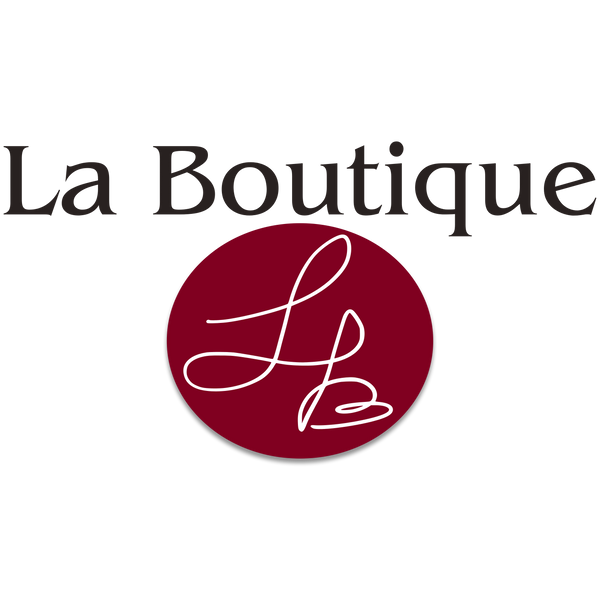1 — Tell us a bit about yourself?
My dream as a 15-year-old was to become an interior architect. I always created furniture and other things. My parents did not want me to be a designer, but rather a lawyer, so when I was 19 I studied law and got a Ph.D. in European law. Following 10 years of working in law, I felt drained and wanted to create with my hands, so after 20 years I rediscovered my true passion. I enrolled in the Rietveld Academy to study interior design and architecture and graduated in 2010.
2 — How did you get into leathercraft?
It all started out as a passion or hobby, which has now grown into a business! When my daughter was 1 year old, I wanted her to have some durable clothing that she can wear to play outside in the rain, snow, and muddy sandboxes. I couldn’t find anything to suit my needs in Amsterdam, so I created the first pair of Snekkerbuks leather dungarees.

3 — What is the story behind Snekkerbuks?
Whenever I took my daughter to the playground, people would ask me where I got her dungarees and where they could get a pair, and I realized I could start selling them.
At first, it was only dungarees, but when my daughter went to primary school and needed a backpack, I realized there were no good backpacks for kids! I needed a waterproof and durable backpack that could get dirty, so I made the backpack for my daughter, and then others parents wanted the same bag too!
The punching bag is the newest addition to our collection. Once again, it was first created for my daughter! When COVID lockdowns began my daughter (now 13) was stressed as many were and couldn’t spend time outside so I made the punching bag for her.
4 — What is your favourite Snekkerbuks item?
It’s hard because my heart is in every product, there’s a story behind each one. But if I have to choose I’d choose the dungarees, because they make children happy and gives them a lot of freedom. This makes it more of a tool than apparel like clothes or pants. It’s a tool to play and move freely outside. Since they are warm and don’t get wet, children can experience their bodies differently.
Having the experience of sitting in mud or sand that they would not otherwise have. Wearing regular pants, they can get cold and wet, and their parents will tell them to stop. These outer restrictions and pressures are removed by the dungarees, allowing them to live their lives freely. That’s why I love them so much. As an added bonus, between 1 and 4 years you don’t need other clothes for your child — as they can wear them in the winter with a sweater and in the summer with a light shirt. All children should have a pair of these! Clothes to live in, and play in.

5 — Tell us one of your favorite spots in Amsterdam?
My favorite spot is Mediamatic, located at Dijksgracht opposite the NEMO. There, I first served as a legal adviser drafting software license agreements before becoming an exhibition designer and interior architect. I still work there from time to time, I am currently involved in an activist project called ‘Knitting for Survival’, a series of workshops twice a week. We knit and make warm items to be less dependent on Russian gas to support Ukraine. As you can tell I’m involved in a lot of design projects there, and also just love to hang out and spend time there. They hold a lot of events such as lectures, exhibitions, talks, etc.

6 — What does local craftsmanship mean to you?
It means a lot because as a local producer myself I believe in local production. It’s more difficult and expensive to hire and produce items locally, but I get a lot of inspiration from being around the people that sew, cut, and do all kinds of things in this process. I would find it a pity to see it outsourced or have things done elsewhere because I learn a lot from the productive process even when I’m not producing it myself.
It’s beautiful to see a person cut and sew their products and then be able to wrap and ship that item off to the new owner. You can really see the craftsmanship of it all which is harder to find nowadays. I think it is unnatural to separate the production so much from the consumer. I find local craftsmanship inspiring, honest, and natural since the one sewing shouldn’t have less money than the person handling the shipping or marketing. It’s overall a more fair process.
7 — Best book you’ve ever read?
I managed to finish my Ph.D. thesis in law in a really effective way partly thanks to this book. While reading, I became paranoid like the guy in the book who wouldn’t be able to continue his writing about the hearing because of all kinds of real and imaginary disturbances. The Austrian author is a master at crafting complex sentences, showing off a fascinating use of the subjunctive in the German language.

